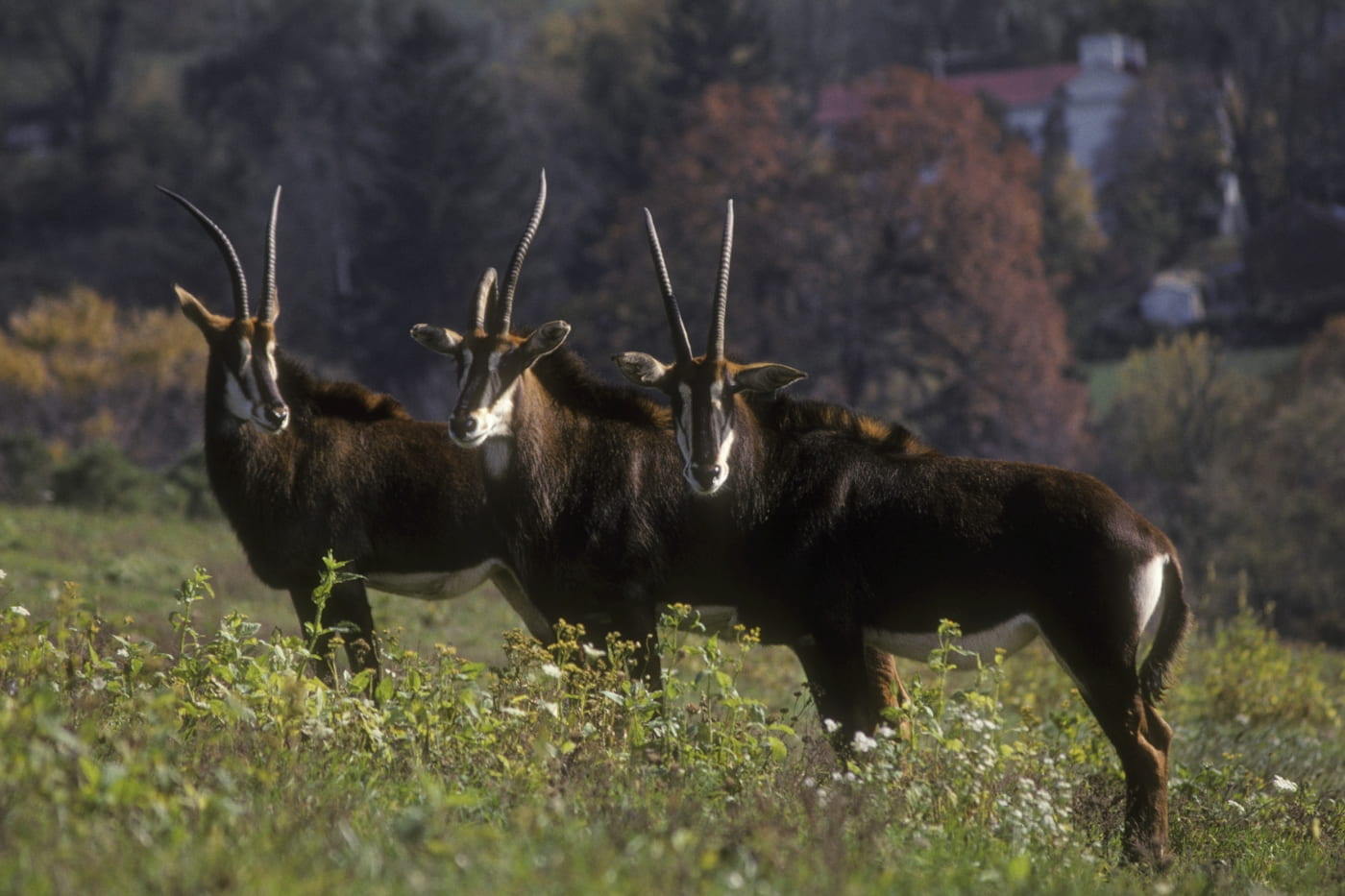Smithsonian’s National Zoo & Conservation Biology Institute | May. 17, 2019
DNA is the ultimate library, and scientists at SCBI’s Center for Species Survival and Center for Conservation Genomics are cataloging it as diligently as any librarians. They, along with an international team of researchers, recently became the first to analyze and sequence the genome of the sable antelope and published their results in G3: Genes, Genomes, Genetics.
The scientists were able to sequence the genome by looking at DNA from eight different antelope. Six of them were from captive populations and two were from the wild. Of the two from the wild, one was from the subspecies known as the southern sable and the other was from the subspecies called the Zambian sable. Of the six from captivity, five were southern and one was Zambian. The antelope with the most genetic diversity was the wild Zambian sable.
Sable antelope were first exhibited in North America in 1913 at the Smithsonian’s National Zoo. The current population of sable antelope in North American zoos are descendants from antelope brought in to human care in the United States during the 1970s, 1980s, or as recent as the early 2000s. The scientists learned from sequencing the genome that the six antelopes from the captive population have sufficient genetic diversity and that zoos are so far doing a good job retaining that.


